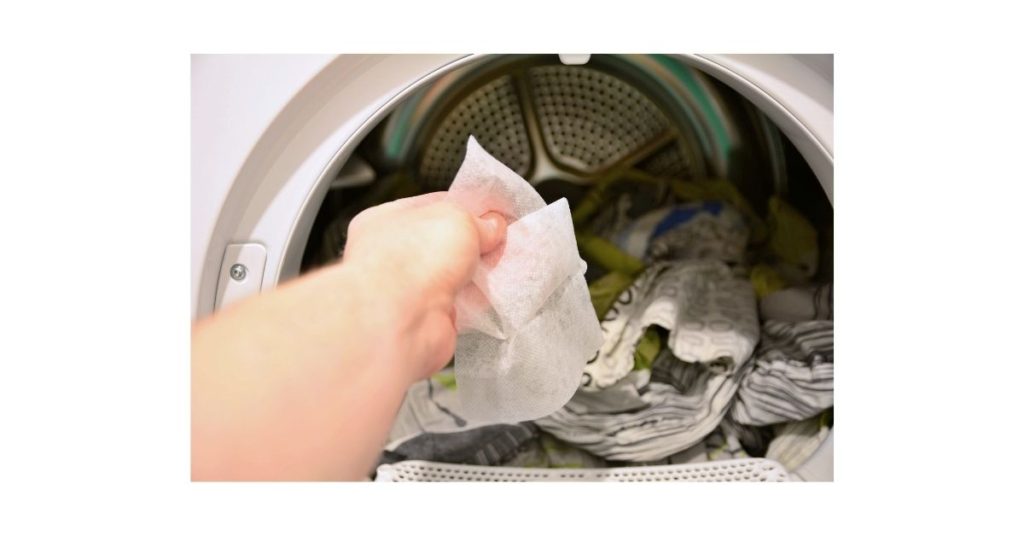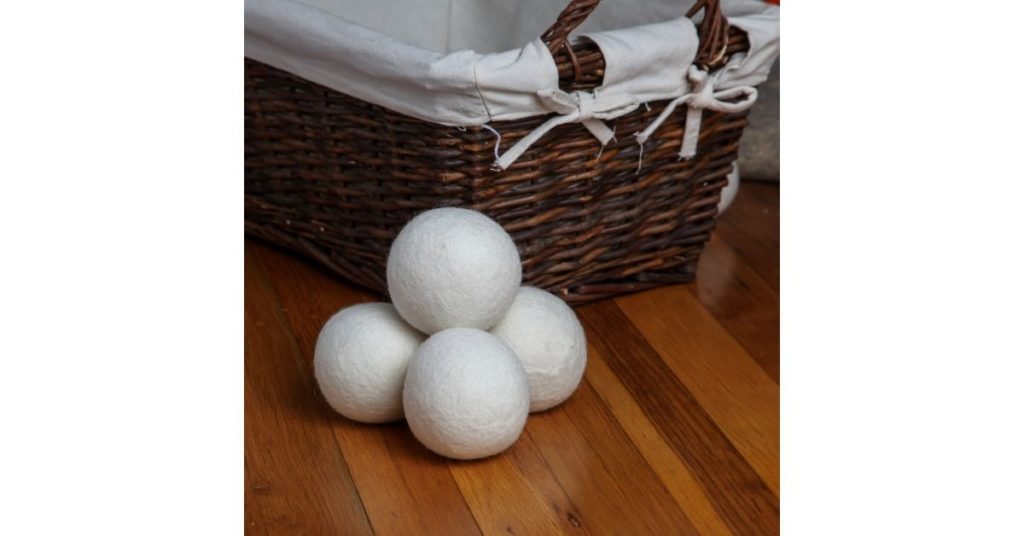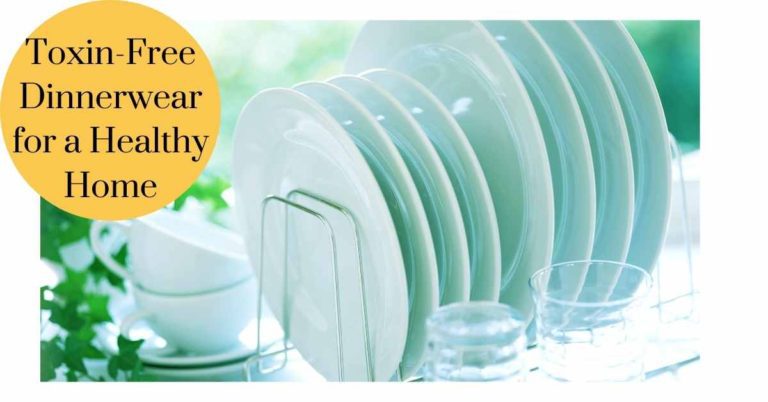Toxic Dryer Sheets! Dryer Sheet Alternatives

What’s up with toxic dryer sheets?!
When I started switching over to non-toxic living I heard throw out your dryer sheets and use wool drying balls. Well at the time I wasn’t adulting enough to even start using dryer sheets, however I did want to reduce that darn static cling so I started using wool drying balls. One thing I never researched much about is what exactly are dryer sheets and why are dryer sheets toxic?
Time to investigate! Let’s start with the basics.
What do dryer sheets do?
Dryer sheets have three main goals:
- Soften clothes
- Reduce static
- Deliver a fresh scent
What are dryer sheets made of?
Dryer sheets are typically made of a fabric (usually polyester) and coated with fabric softener and fragrance. The dryer heat warms the sheet which then releases ingredients onto your clothes.
Healthline states these are the most common ingredients in dryer sheets:
- dipalmethyl hydroxyethylammoinum methosulfate, a softening and antistatic agent
- fatty acid, a softening agent
- polyester substrate, a carrier
- clay, a rheology modifier, which helps control the viscosity of the coating as it begins to melt in the dryer
- Fragrance
Are dryer sheets toxic?
After researching dryer sheets I found a couple studies being referenced frequently. Below are some of the concerns with dryer sheets.
Volatile Organic Compounds (VOCs)
There is a study that looked at laundry products and how it contributes to air pollution via the dryer vents. Looking at fragranced detergent and fragranced dryer sheets they found:
“more than 25 VOCs emitted from dryer vents, with the highest concentrations of acetaldehyde, acetone, and ethanol. Seven of these VOCs are classified as hazardous air pollutants (HAPs) and two as carcinogenic HAPs (acetaldehyde and benzene) with no safe exposure level, according to the US Environmental Protection Agency”
Springer Link
According to the EPA, VOCs “are emitted as gases from certain solids or liquids. VOCs include a variety of chemicals, some of which may have short- and long-term adverse health effects. VOCs are emitted by a wide array of products numbering in the thousands.”
Diethanolamine
NCBI published a study about Endocrine Disruptors and Asthma-Associated Chemicals in Consumer Products. They found diethanolamine (DEA) was detected in the sample of dryer sheets. The study noted that of the various types of products being tested, no product labels listed MEA or DEA as ingredients.
“Exposure studies are limited. MEA and DEA have been associated with occupational asthma. The European Commission prohibits DEA in cosmetics and restricts products with MEA to < 0.5% amine content because of concerns about formation of carcinogenic nitrosamines.”
NCBI
Fragrance
Popular dryer sheets include fragrance which are also found in a majority of personal care products and these are considered hidden toxins since companies aren’t required to list the ingredients that make up the fragrance. Safecosmetics.org notes “The International Fragrance Association (IFRA) lists 3,059 materials that are reported as being used in fragrance compounds. Of these 3,059 ingredients, some have evidence linking them to health effects including cancer, reproductive toxicity, allergies and sensitivities.”
Ingredients in Popular Dryer Sheets
When I google dryer sheets, the first item that shows up on google is Bounce Outdoor Fresh Scented Fabric Softener Dryer Sheets. Let’s review the ingredients and the hazard ranking on EWG.
- Dipalmethyl Hydroxyethylammonium Methosulfate – D Ranking on EWG, noting asthma/respiratory and developmental and reproductive toxicity concern
- Fatty acid – A ranking, low hazard
- Polyester substrate – C ranking
- Clay – C ranking
- Fragrance – D ranking, noting asthma/respiratory, skin allergies and irritation concern
Overall, EWG ranks this product as a F which is the highest on the hazard score for cleaners and notes why it received the ranking:
“Poor disclosure; May contain ingredients with potential for respiratory effects; developmental/endocrine/reproductive effects; general systemic/organ effects
Avoid fabric softeners: Some ingredients can cause asthma or allergies”
EWG
What Are Dryer Sheet Alternatives?
This post contains an affiliat link, which means I receive a small commission, at no extra cost to you, if you make a purchase using this link. Please see my disclaimer for more details. Your purchase helps support my work in bringing you information about non-toxic living.

There are easy alternatives you can start taking to replace your dryer sheets, and bonus you avoid single use since you need to toss out the sheet after one load of laundry.
- Use wool dryer balls, these are my favorite from A Little Green Bee. They are eco-friendly, hand made, natural, unscented, and made in the USA. According to Grove, wool dryer balls reduce drying time by 25%. Cleancut states they soften fabric because the balls agitate against the fibers in clothes. Cleancut also recommends spraying some water on the wools balls before drying to increase moisture and reduce static cling. In addition add a couple drops of your favorite essential oil.

- Use distilled vinegar. Love vinegar for cleaning and it can soften your clothes without harsh chemicals. I’ve read that you should add ½ cup distilled white vinegar to your washing machine during the final rinse cycle. I haven’t tried this, but people say the smell doesn’t stay on your clothes.
Final Thoughts
Ditch the dryer sheets and start using safer, and healthier alternatives like wool drying balls. Studies show that dryer sheets create air pollutants like VOCs which are hazardous to your health, and also labels aren’t including all ingredients and there is a lack of transparency when fragrance is listed.
Let me know what your favorite dryer sheet alternative is.
Cheers!
Brekke







